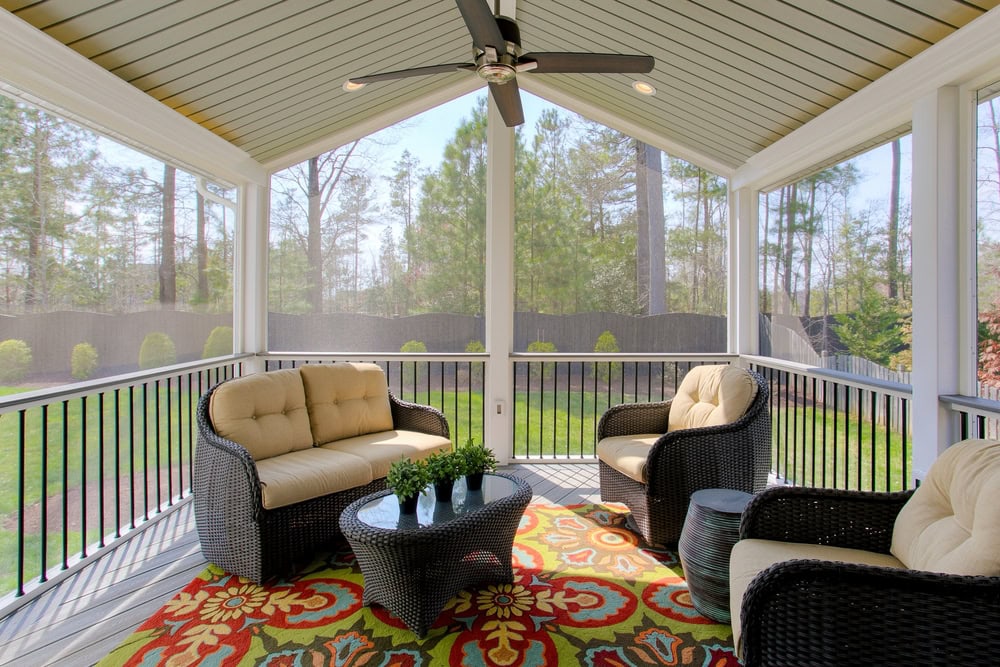Inflation and the high cost of living were big issues in the last election. So it doesn’t make much sense that lawmakers are considering making housing costs even higher.
At issue are utility costs, which are usually the second biggest monthly expense on a home after a mortgage or rent payment, driven mostly by home energy costs. The easiest way to cut energy bills is to reduce energy waste with better efficiency. And the cheapest time to make a home more efficient is when it is built. More insulation, better windows, tighter air sealing, and well-designed appliances cut energy bills for decades of residents.
The good news is two key federal policies help make more new homes energy efficient and reduce energy costs. The bad news is Congress is considering cancelling both.
The first big cost-saver at stake would ensure that new homes that receive FHA loans or support from several other federal programs are built to up-to-date energy codes. It makes no sense for the government to support construction of a poorly-insulated house that’s just going to leave the buyer with high utility bills. The Department of Housing and Urban Development (HUD) and the Agriculture Department acted last year to put an end to that.
By ensuring the homes are more energy efficient, they would save residents nearly $1,000 on energy bills on average, year after year, compared to those in homes built to the previous standard. It’s not only the first buyers who would benefit; future owners and renters would see the savings for decades to come.
Even after HUD just announced delays, the policy is set to take effect for most homes later this year or next year. Yet the National Association of Home Builders has repeatedly lobbied Congress to roll it back and even sued to reverse it (builders don’t pay the energy costs). Congress should stand with residents and not act to increase energy waste.
Congress’s threat to increase home energy costs doesn’t end there.
There also is a push to end buildings tax incentives, including the “45L” tax credit that helps many homebuilders to build more-efficient homes. These homes go beyond codes to meet ENERGY STAR or Zero Energy Ready Homes requirements. They cut their residents’ energy bills by about $400 each year for ENERGY STAR homes or $1,000 for Zero Energy Ready Homes. Nearly 350,000 efficient new homes were built in 2024 with the assistance of this tax credit, a dramatic increase over earlier years.
The tax credit has proven particularly popular with makers of manufactured homes, a critical lower-cost option in many regions of the country. These homes make purchasing a house affordable to many people, but have a weak federal energy standard, and they often have high energy bills. Fortunately, the tax credit helps manufacturers make energy-efficient versions that have much lower monthly costs.
But the tax credit is at risk.
President Trump called for undoing the Inflation Reduction Act, which had expanded and extended this tax credit. And Congress is looking at cutting these tax incentives to pay a small part of the cost of extending the broad 2017 tax cuts. Besides increasing energy bills for millions of families, suddenly ending the tax credit would upend the plans of builders who have baked the funding into their home designs, financing, and supply chains—thus interfering with desperately needed construction of new affordable homes.
These two policies, the minimum efficiency levels for new federally-supported homes and the tax incentives for building more efficient homes, don’t just cut home energy bills. The lower electricity use also reduces load on the electric grid, making room for new data centers and industrial plants. The better air sealing makes homes more comfortable and improves resident health. It makes homes more resilient to extreme cold and heat because the homes maintain safe temperatures for days longer when power is lost in summer or winter storms. And lower energy use means lower emissions that make weather disasters worse.
Simply by doing nothing, by letting these policies continue, Congress can give builders the stability they need to plan new homes, reduce stress on the electric grid, and most importantly give millions of families in every congressional district some relief on their energy bills.
Or Congress can vote to increase Americans’ household costs, and face voters in 2026 with that decision.
Lowell Ungar is the director of federal policy for American Council for an Energy-Efficient Economy.
This column does not necessarily reflect the opinion of HousingWire’s editorial department and its owners.
To contact the editor responsible for this piece: [email protected].
.png)
 German (DE)
German (DE)  English (US)
English (US)  Spanish (ES)
Spanish (ES)  French (FR)
French (FR)  Hindi (IN)
Hindi (IN)  Italian (IT)
Italian (IT)  Russian (RU)
Russian (RU) 







Comments